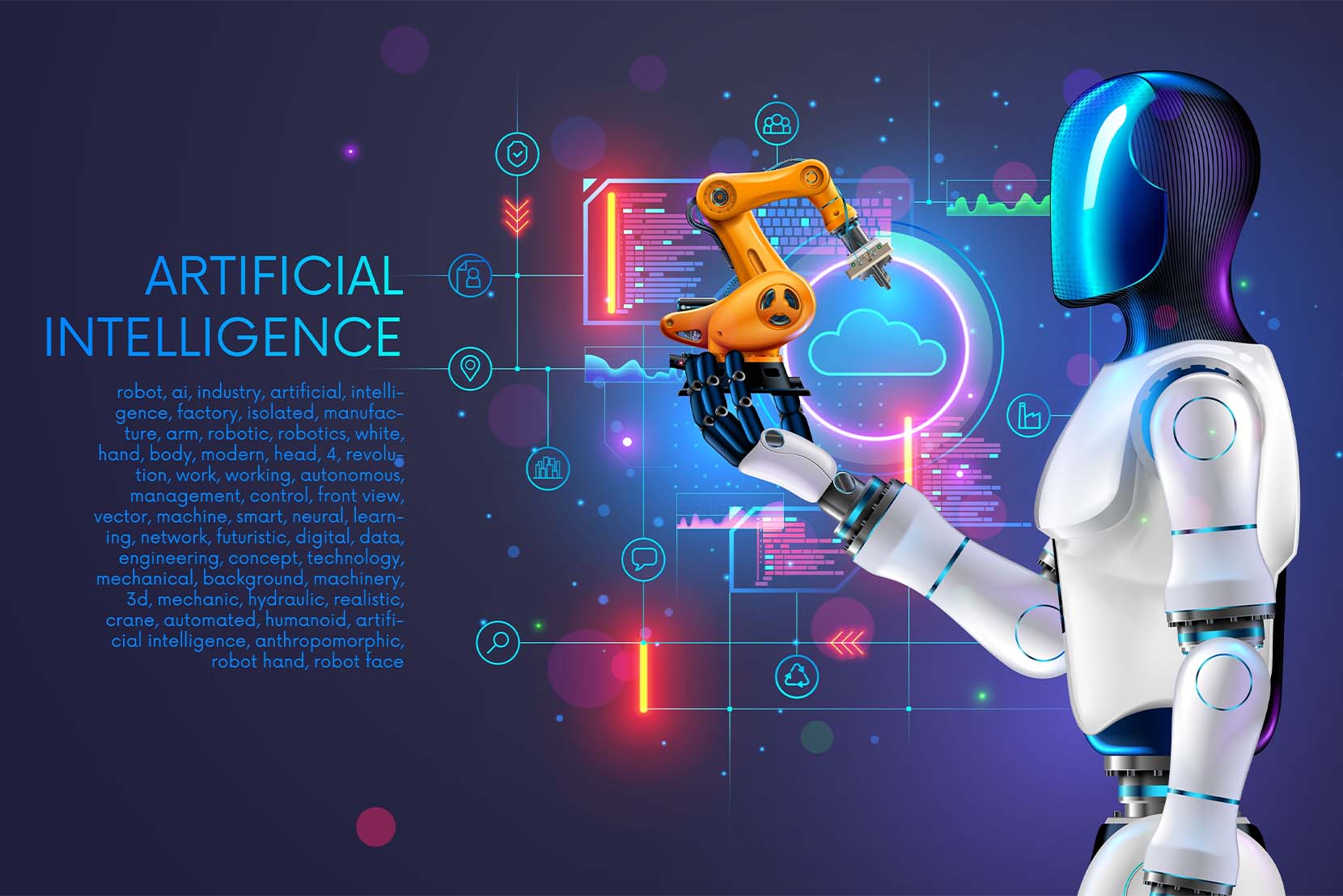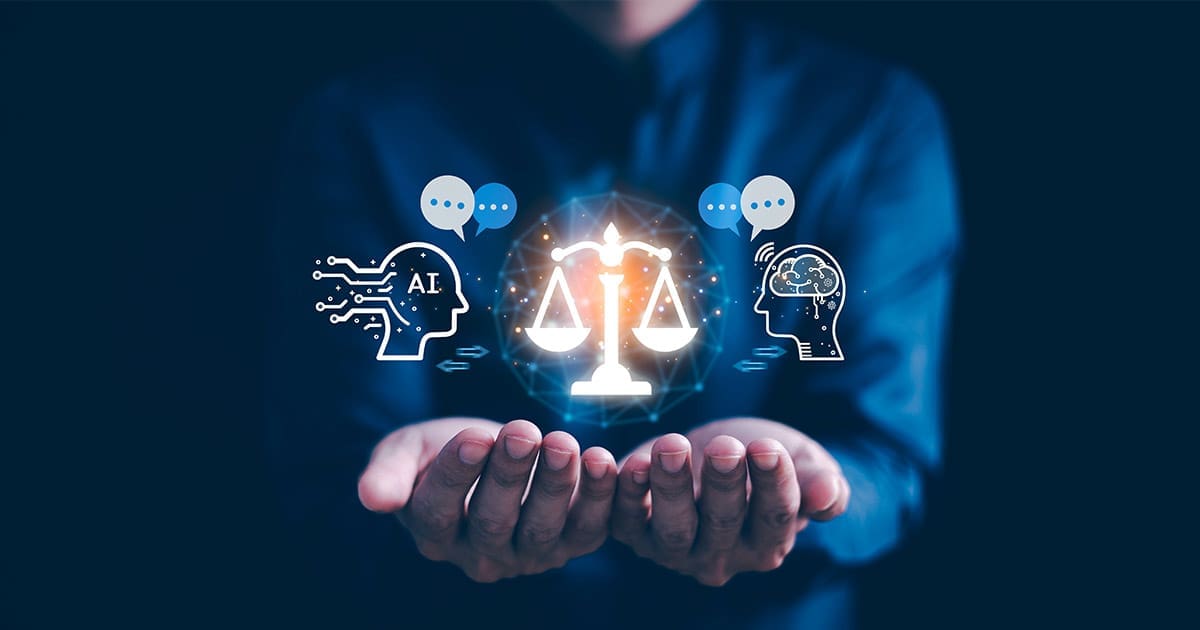Generative AI plays a transformative role in today’s digital world, influencing everything from creative industries to scientific research. As it continues to evolve, its applications are expanding rapidly across various sectors, making it one of the most impactful technologies of the 21st century.
1. Enhancing Creative Industries
Generative AI is reshaping the way content is created. Writers, designers, musicians, and filmmakers are using AI tools to brainstorm ideas, draft scripts, design visuals, and compose music. This has accelerated the creative process while expanding the boundaries of imagination and storytelling.
2. Supporting Business Automation
Businesses are leveraging generative AI to automate repetitive tasks such as writing emails, generating reports, creating presentations, and even coding. This leads to increased efficiency, reduced human error, and more time for employees to focus on strategic tasks.
3. Improving Customer Experience
AI-powered chatbots and virtual assistants use generative models to provide human-like interactions. These tools help answer queries, offer product suggestions, and provide personalized support 24/7, improving customer satisfaction and engagement.
4. Revolutionizing Education
In education, generative AI is used to create personalized learning experiences. It can generate quizzes, summaries, lesson plans, and explanations tailored to individual students’ needs. This promotes self-paced learning and improves overall educational outcomes.
5. Accelerating Research and Development
Generative AI helps researchers process large datasets, generate hypotheses, and simulate experiments. It speeds up innovation in areas like pharmaceuticals, climate science, and materials engineering by reducing the time required for analysis and discovery.
6. Boosting Marketing and Advertising
Marketing teams use generative AI for content creation, slogan generation, social media posts, and even video ads. AI tools can analyze audience behavior and craft messages that resonate, improving campaign effectiveness and ROI.
7. Assisting in Software Development
AI coding tools like GitHub Copilot help developers write, debug, and optimize code faster. These tools reduce the learning curve for beginners and help experienced developers increase productivity.
8. Enabling Accessibility and Inclusion
Generative AI plays a role in enhancing accessibility—for instance, generating audio descriptions for images, real-time language translation, and speech-to-text transcription. These capabilities empower people with disabilities and bridge communication gaps globally.
9. Contributing to Healthcare
AI models generate medical notes, analyze symptoms, and support diagnostic decisions. In radiology, AI helps in interpreting scans, while in pharmaceuticals, it assists in discovering new drug compounds.
10. Influencing the Future of Work
Generative AI is shaping the future of work by introducing new roles like prompt engineers and AI ethicists. It encourages hybrid collaboration between humans and machines, where creativity and productivity are enhanced through intelligent tools.
Conclusion
The role of generative AI is both powerful and dynamic. It is not just a tool for automation but a catalyst for innovation, creativity, and human empowerment. As adoption increases, understanding its capabilities and limitations is essential to harness its full potential responsibly.







Leave feedback about this